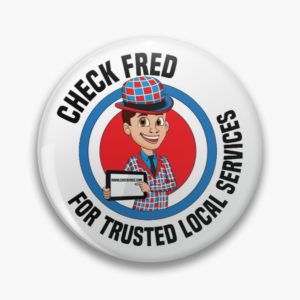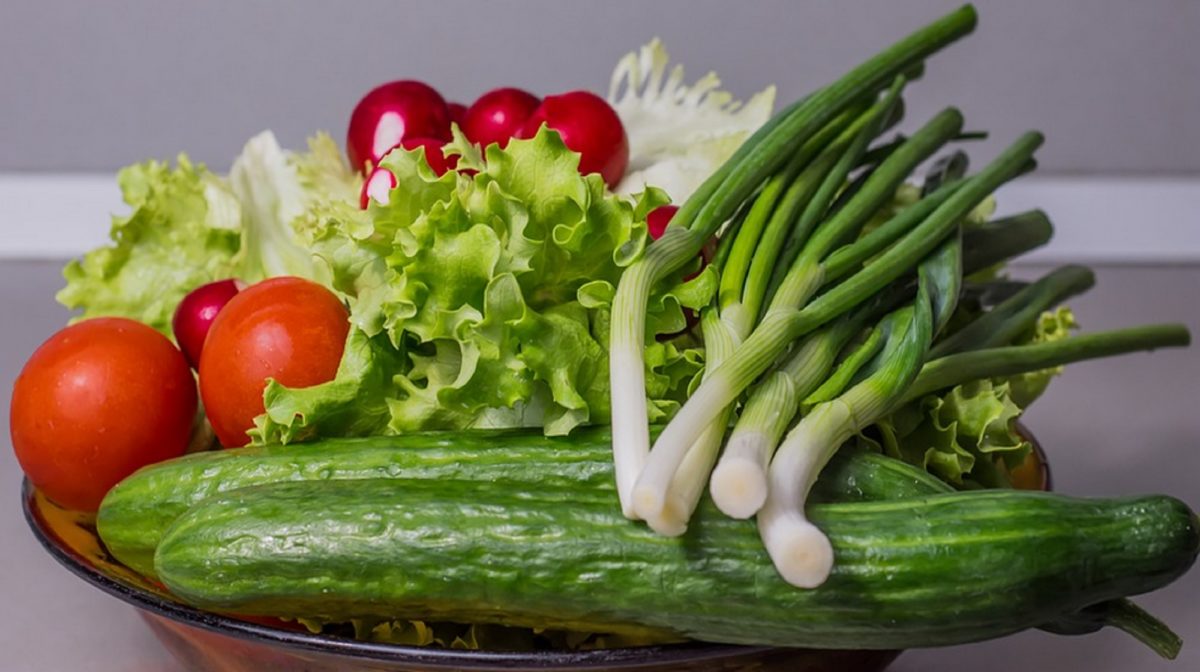Grocery prices continue to skyrocket along with fuel costs. It’s times like these when you want to grow your own. Learn how to plant your spring vegetable garden by following these guidelines.
Before you can begin a garden it helps to know what growing zone you’re in. If you live in the United States, you can go to the National Gardening Association’s website (www.garden.org/zipzone/) to find the USDA Hardiness Zone Map. This map will help you find which zone you live in and give ideas on when it is safe to start planting.
Or if you’re in the UK, check out Ours – https://www.rhs.org.uk/
You’ll also want to prepare the ground before you can begin planting. Do this by tilling the area you have planned for your garden. You’ll want to remove the clumps of grass as much as possible or till deeply to incorporate the organic matter into the soil. Test the soil to determine if it has the right mineral content. Tests can be obtained at County Extension Agencies and home and garden stores. Add any nutrients to the soil ‘before’ you begin planting.
Growing your first garden is much easier if you start with seedlings rather than growing your own. If you do plan to grow your plants from seeds, you’ll want to start them indoors about eight weeks before they can be planted in the ground. Purchase the plants you want and keep them indoors until your area has reached the last average frost date.
When the ground is workable, the first vegetables you’ll want to add to your garden are spinach, peas and onions. Onions are sold in sets and you may be able to find seedling spinach. You can plant the pea seeds directly into the garden. You may be able to plant lettuce, beets, carrots, cilantro, dill, radishes, cabbage and broccoli about two weeks before the last frost. Celery, kale and potatoes can also be grown outdoors.
When you know there’s no chance of a late frost, you can plant melons, squash, cucumbers and beans. Tomatoes, peppers, eggplant, pumpkins and basil can also be planted at this time. When you plant corn, set out at least four short rows rather than one long row because they pollinate properly that way. You’ll also want to use poles or trellises for beans. Tomatoes, peppers and eggplant are best transplanted or purchased as plants prior to setting them in your garden.
If you follow these guidelines and learn how to plant your own spring garden, you may have produce in as little as four weeks. Take time to pull weeds and keep your garden watered but not muddy. As the produce is ready to harvest you’ll be enjoying the fruits of your labour on your kitchen table.
CONCLUSION;
Remember; having the right information will make your job much easier and can help ensure the lasting success of your garden. Did you get your free copy of the E-book ‘Absolute Organic Gardening’? It goes into far more detail there.
If not, Click Here! to get your copy in seconds.
Plus! … Take the Free! ‘Absolute Organic Gardening 21 Day Challenge’ Here!
If you don’t initially see what you’re looking for here, please use the ‘Search Bar’ in either the Sidebar or Footer.
 Click The Button Above To Visit
Click The Button Above To Visit
‘The CheckFred Merch Shop’
.


